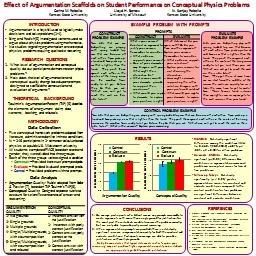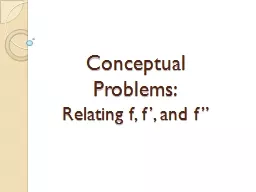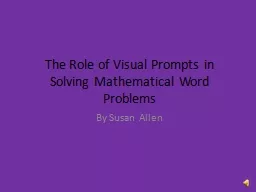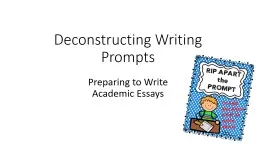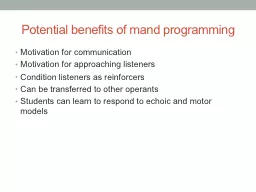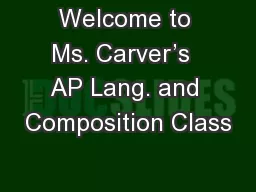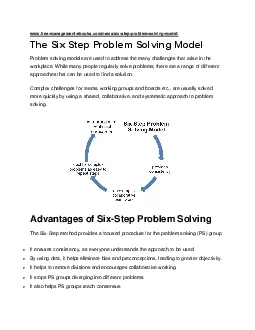PPT-EXAMPLE PROBLEM WITH PROMPTS
Author : ellena-manuel | Published Date : 2016-03-06
Effect of Argumentation Scaffolds on Student Performance on Conceptual Physics Problems INTRODUCTION Argumentation is a key skill used to logically make decisions
Presentation Embed Code
Download Presentation
Download Presentation The PPT/PDF document "EXAMPLE PROBLEM WITH PROMPTS" is the property of its rightful owner. Permission is granted to download and print the materials on this website for personal, non-commercial use only, and to display it on your personal computer provided you do not modify the materials and that you retain all copyright notices contained in the materials. By downloading content from our website, you accept the terms of this agreement.
EXAMPLE PROBLEM WITH PROMPTS: Transcript
Download Rules Of Document
"EXAMPLE PROBLEM WITH PROMPTS"The content belongs to its owner. You may download and print it for personal use, without modification, and keep all copyright notices. By downloading, you agree to these terms.
Related Documents

